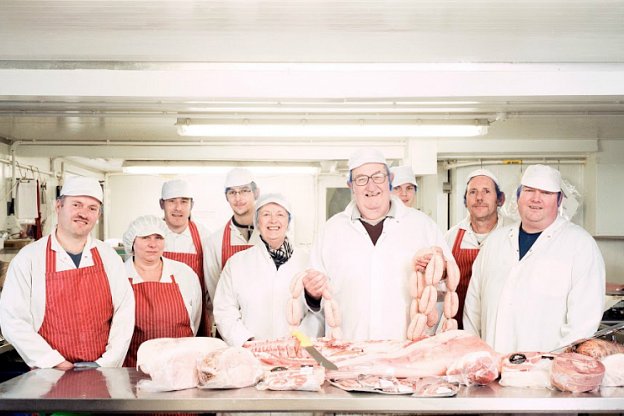Ten tips for buying better meat at the butchers
- March 10, 2018
Want to make sure you’re buying the best quality meat, avoiding low welfare and imported products? Richard from Devon Rose, our superb free range meat supplier shares his top 10 tips:
1. Look for bones.
Bones are great for soups, broths and stocks. Bones should be a staple of a real butcher’s shop. If they don’t have bones to sell or give you then they’re relying on a large cutting plant to break down the animals.
2. Ask which farms the animals come from.
Is the farm local? Does the farm have accredited welfare standards?
3. Match your meat to your needs.
If there is no one to answer the question about what cut you should use for what dish, then go somewhere else.
4. If you must buy pre-packed meat then check the label.
Most meat is usually processed. Whilst not all processes have to be declared, the addition of preservatives, sugars or water does.
5. Take a good look at the meat.
Some processes are well hidden. Multi-point injectors can put water and fluids into the meat, increasing its weight as well as the supplier’s margins. Look carefully and you may be able to see all the pin-prick holes where fluids have been injected.
6. Is the meat naturally shaped, or does it seem a little too perfect?
Is every cut or slice very similar? Reconstructed meats from off-cuts are common in hams. However, the industry is now also moving into beef and with the use of meat glues it can now effectively reconstruct steaks out of pieces of meat that would once have only been suitable for mince.
7. Fat is the flavour and succulence of any cut.
Select cuts that are a bit fattier, but not necessarily marbled. Fat should generally surround the meat and not be in the flesh itself. For example, a sirloin steak with marbled fat is a sign that the cattle have been grain-fed, a diet typical of factory feedlot beef from North and South America. Take advice if you’re unsure.
8. Look for the terms “free range”, “grass fed” and “pastured”.
Animals that have lived a happy life, displaying natural behaviours, are slow growing. Which means they’re likely to taste a whole lot better.
9. Where possible, choose meat with bones.
Bones help to improve the flavours of any dish. They also reduce the cost as there is less boning preparation.
10. Look for history.
Check how long the company providing the meat has been established. Do they understand that food is about core values of welfare, purity, taste and eating quality, and not just about company profits?
For more information on Devon Rose, you can visit their website.
